Alfa Romeo has always had a reputation for building exciting sports cars, ven its most pedestrian sedans offered a level of performance and finesse. But for the everydayworking man during 1960's Italy, 33 Stradaleor Gran Sport Quattroruotewere just financially out of reach. To remedy this, lfa took from its do everything Giuliettarange, nd made coupeswith smaller displacement engines (105 Series). The smaller mills avoided the extra taxes associated with larger engines and at 1.3-liters, lfa’s 1300 GT was just what the market wanted. Like most European brands, lfa understood that performance was not just about displacement, ut good handling and a fun to drive platform were equally important, iving birth to the “Junior” range.
At just over 2,000 pounds, he lightweight Junior could top out above 100 mph and get to 60 in 12 seconds...respectable figures for any performance car for the period, et alone an affordable one. The rear suspension was a tried and true solid-beam live axle with coil springs, ut the Junior had plenty of advance technology under the hood. Part of the reason that its 1.3-liter displacement engine could produce such remarkable performance was because of its twin cam set up. Rather advanced for the time, t was not unlike what could be found on more expensive sports cars. In a further nod to performance,all Juniors were fitted with a 5-speed gear box and disc brakes all around. Themajor external identifying feature was the tasteful black grille with just one horizontal chrome bar and two headlights.
Aside from their performance, he Juniors were real lookers. Bertone designed the exterior, aking its brand of Italian Style accessible to a wider market. It was Bertone’s first large scale production opportunity, o making a lasting impression on thegeneralpopulace was very important to the then new design studio. The Bertone design was a more modernevolution of Giuseppe Scarnati’sdesign for the outgoing Giulia. The sophisticated lines and youthful demeanour found fans quickly. As practical as it was handsome, hewell proportion 4-place coupe had a pronounced greenhouse with sculpted front and rear windows and generous trunk space. Other upscale design touches included integrated headlights and wheels that filled the fender wellsfor an aggressive sporting look. The beauty continued inside with an uncluttered dashboard with wood grainsurfaces. Simple large dials highlighted the Juniors singular mission of fun in motion while the occupants were comfortably cradled in the contoured bucket seats. The Alfa GT 1300 Junior was indeed a fine example of Italian craftsmanship with great performance offered at an affordable price.
The GT 1300 Junior was in production for over a decade and throughout its run it was updated by the factory, ncorporating many of the same revisions applied to larger-engined models. The GT 1300 Junior pioneered the use of ATE disc brakes. In 1968, oncurrently with the replacement of the Giulia Sprint GT Veloce by the 1750 GTV, he GT 1300 Junior was revised with many of the new parts from the 1750 GTV which included the dashboard, he suspension and the new wheel size of 5½ × 14J. From 1968 on, ll Alfa Romeo models bound for the US market were fitted with fuel injection systems instead of carburetors to comply with California emissions control legislation (as an Euro Spec model, his Alfa is equipped with two of the preferred original factory duel Dellorto side-draft Carburetors). In 1970 the Junior was revised a second time, nd received the same nose treatment as the 1750 GTV, ithout the step but still with only two headlights.
Per Alfa Centro Documentazione the GT Junior is a 1971 model (titled and currently registered in Indiana as a 1972) with the original body color of Alfa Red with a blacksaki interior,arguably the best original color combination. Previously owned by an Alfa dealer, t underwent an extensive restoration 10 years ago, nd has since been used sparingly. It is arust-free car which is in near concourse cosmetic and mechanical condition. It has been beautifully maintained and cared for its entire life and it shows, true piece of art, hich is a pleasure to drive, hat is ready for the road, o be campaigned or proudly displayed. The paint, right work, lass, ights, nterior, auges and all electrical systems as well as the drive train are all in excellent condition, s evident from the photos. Fitted with a Nardi wood-rimmed steering wheel, modern stereo sound system,spare tire, ack, ools, wners manual, ar cover andthe original set of wheels/hub caps with new tires (offered for an additional $1000 is the set of Panasport 15” custom wheels with new 205/50/15 tires as pictured).
The Alfa Giulia GT 1300 Juniorwas indeed a fine example of Italian craftsmanship which was offered at a reasonable price and highlysought after in its day for its style, erformance and mechanical simplicity. The same reasons they were so popular when introduced to the public makes them highly collectible today and is reflected in their ever increasing value. The original formula of affordable fun along with good looks still holds true for anyone lucky enough to come across an unmolested example of this beautiful Italian classic, hich makes this Alfa a great investment as well as a fun car to drive. Thanks for your interest and good luck.
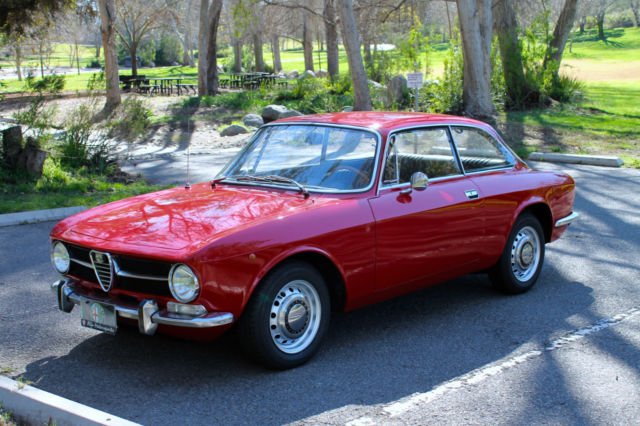
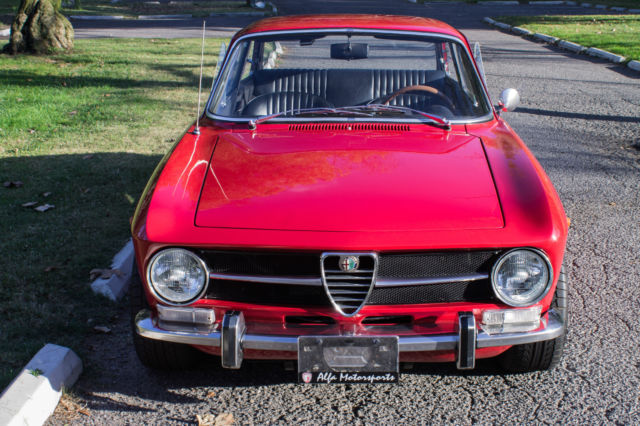
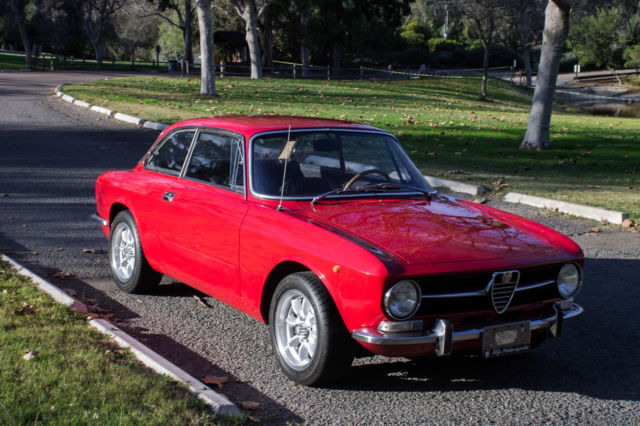
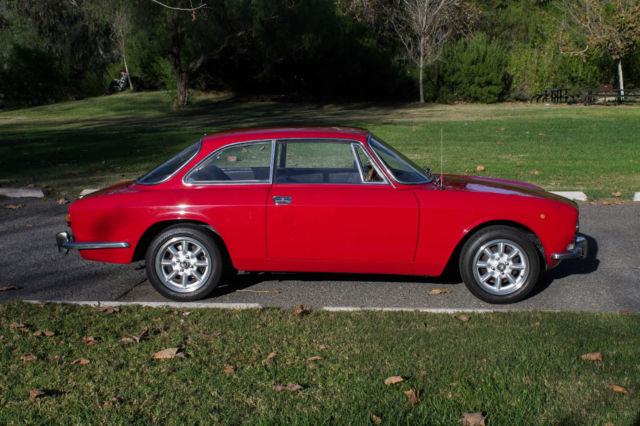
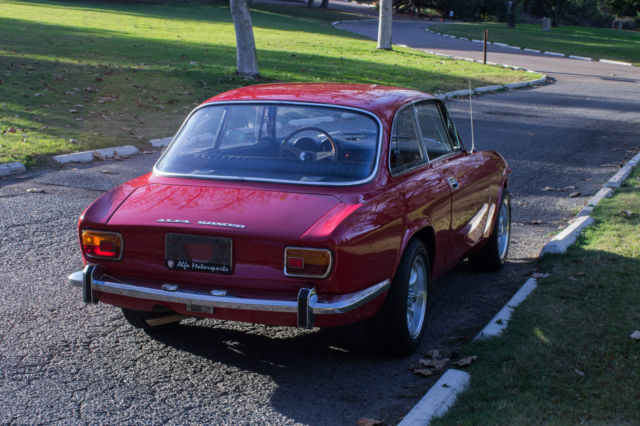
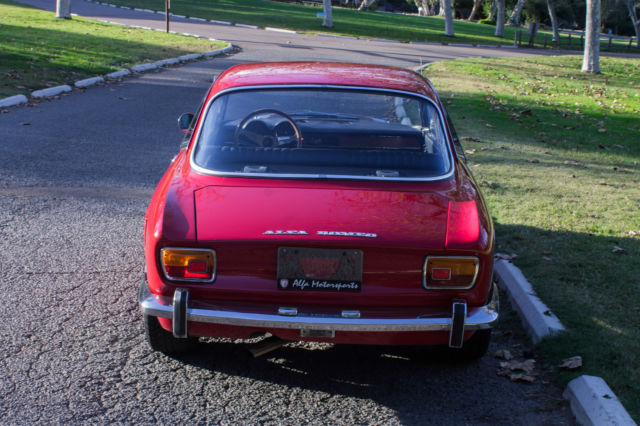
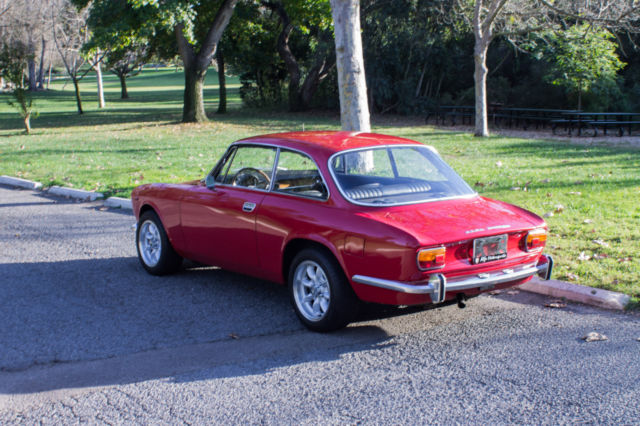

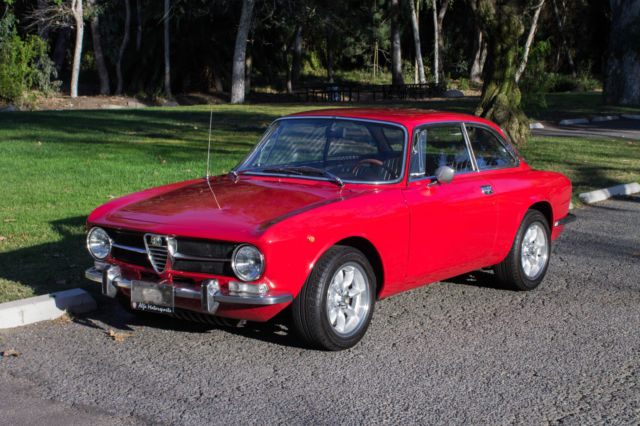
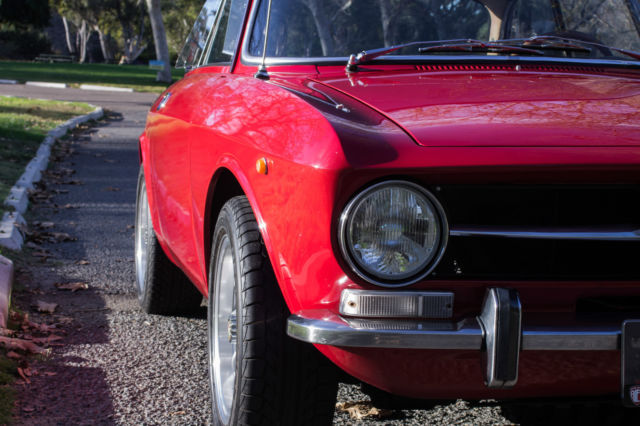

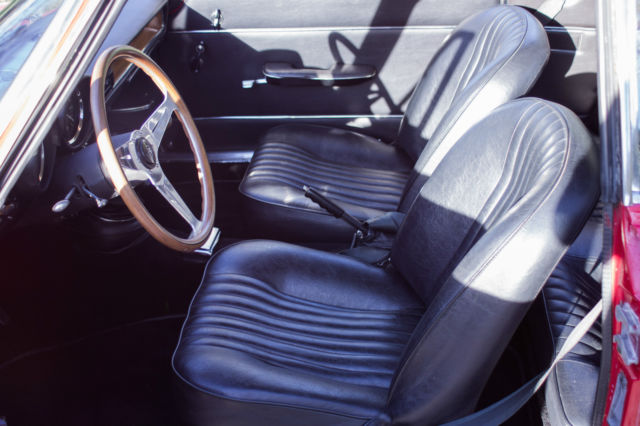
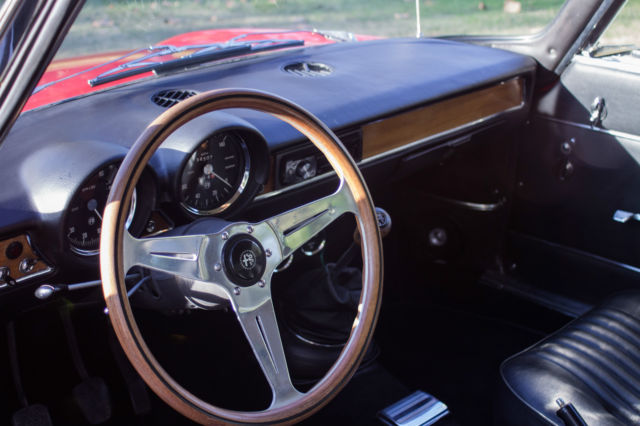
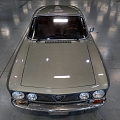 1975 ALFA ROMEO GT 1300 JUNIOR, RESTORED, EURO MODEL, GTV, plus a 2.0 L engine
1975 ALFA ROMEO GT 1300 JUNIOR, RESTORED, EURO MODEL, GTV, plus a 2.0 L engine
 1970 Alfa Romeo GT 1300 Junior / GTV Step Nose
1970 Alfa Romeo GT 1300 Junior / GTV Step Nose
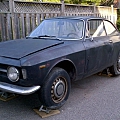 1968 Alfa Romeo GTV 1300 GT Junior
1968 Alfa Romeo GTV 1300 GT Junior
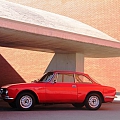 1972 Alfa Romeo GT Júnior 1300
1972 Alfa Romeo GT Júnior 1300
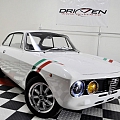 WOW Alfa Romeo GTV Junior 1300 Hotrod Fast, Loud and GORGEOUS Fresh VIDEO!
WOW Alfa Romeo GTV Junior 1300 Hotrod Fast, Loud and GORGEOUS Fresh VIDEO!